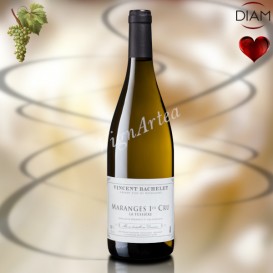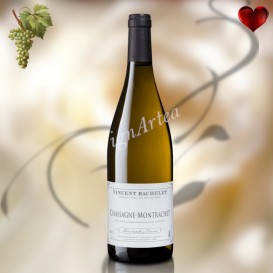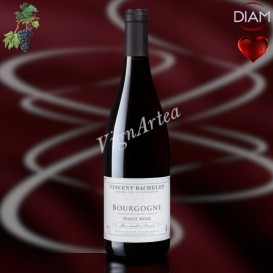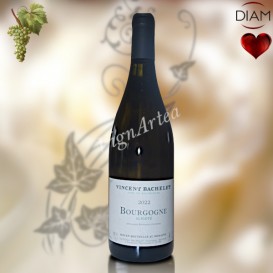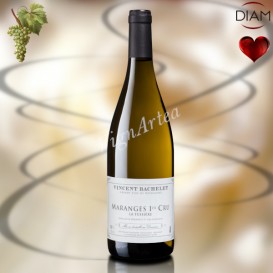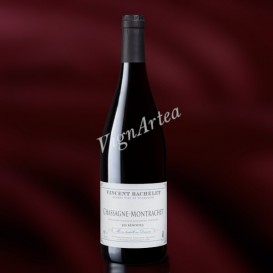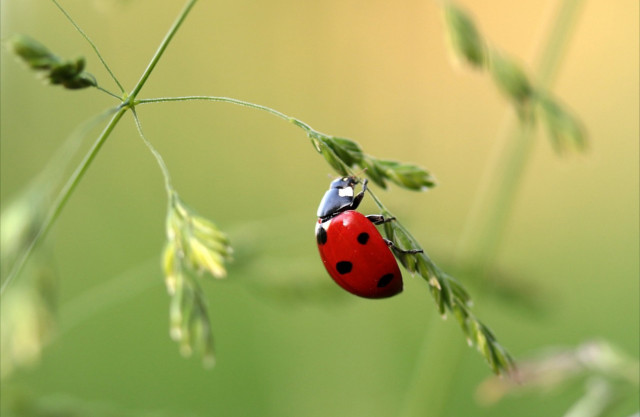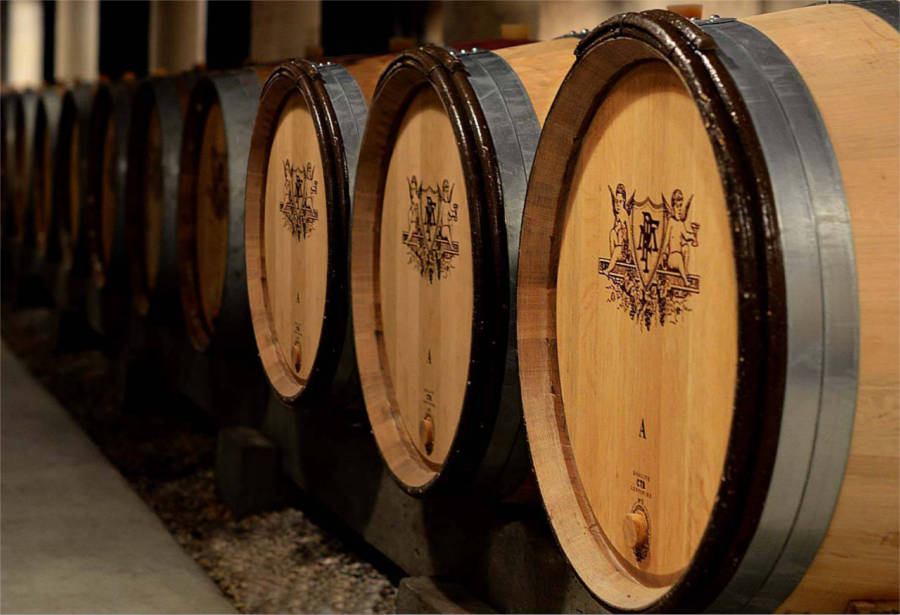Vincent BACHELET

BURGUNDY 17 ha SUSTAINABLE AGRICULTURE WINEMAKER : Vincent BACHELET
ESTATE HISTORY
The BACHELET family has been winegrowers from father to son for four generations. As the children became independent, the vineyards were divided up.
Vincent BACHELET is Bernard Bachelet's son. He worked on the family estate with his brothers until 2008, when he took off and set up his own business in the heart of Chassagne-Montrachet, in a large wine merchant's building with a cellar featuring 17th century Sisterscian vaults.
He now cultivates 17 hectares of vines made up of Pinot Noir (60%), Chardonnay (33%) and Aligoté (7%). He is assisted by his son Etienne, while his daughter Aurore has bought a beautiful estate on the heights of Santenay where she has been producing her own cuvées since 2019.
WINEGROWING & WINEMAKING
In the vineyards, they practise integrated or intelligent viticulture. This system means that treatments are only applied in the event of serious cryptogamic disease outbreaks, while allowing very natural protection of the vines the rest of the time. It's a flexible method that's not based on systematic control, and it produces a healthy harvest and quality grapes.
There is a high proportion of old vines, and yields are controlled to obtain concentrated, juicy, and high-quality grapes. The grapes are harvested by hand, and the care taken at that step means that the winemaking process can be done naturally, with a low human intervention.
All the wines are matured in oak barrels, with a small proportion of new barrels. During the ageing phase, they are regularly tasted, analysed and monitored by the oenology laboratory to avoid any risk of pitting or aromatic deviations.
TERROIR
The vineyards of the Vincent BACHELET estate extend over the villages of Maranges, Santenay, Chassagne-Montrachet, Saint-Aubin and Meursault in the Côte de Beaune, with a small enclave on the Côte de Nuits in the Gevrey-Chambertin designation.
The 'Côte Bourguignonne' owes its origins to the building of the Alpine chain, which began almost 600 million years ago. Its old underlying bedrock could not withstand the gigantic stresses of the Alpine mechanics created by the clash of drifting continental plates.
The future Côte-d'Or (Côte de Beaune and Côte de Nuits) experienced the first effects of this in the form of longitudinal shearing parallel to the north-south and north-east-south-west directions.
Since the Tertiary period, the whole area has been subjected to new pressure, bending along south-east-north-west axes. The indurated bedrock is covered by a blanket of sedimentary rock that has been subjected to the ravages of erosion throughout recent geological history. This has given rise to anticlinal valley, with gently sloping detrital cones at their mouths, covering the different geological levels.
At the end of the Eocene, 40 million years ago, and as soon as the emersions on either side were prolonged, the trench was gradually filled in by successive deposits of rocky debris, torn from its margins and accumulated over a thousand metres thick.
This complex geological structure accounts for much of the originality of Burgundy's vineyards, but other factors such as the nature and distribution of the cones of rocky debris that have accumulated since the end of the Tertiary period (10 million years ago) have a clear influence on the behaviour of the vines through the water they store and the mineral salts they extract.
The Côte de Beaune vineyards begin in Ladoix on the Corton mountain, where the Upper Jurassic (161 to 145 million years ago) appears. It ends south of Volnay where, from Meursault onwards, we find the Middle Jurassic (-175 to -161 my).
This part of the coast is characterised by the extent of marl outcrops, unlike the Côte de Nuits where they are rare. This can be explained by the presence of deeper seas in the Middle Jurassic whose slow retreat favoured marl-type sedimentation.
The tectonic movement that created the two undulations of the Gevrey anticline and the Volnay syncline caused the Middle Jurassic to sink from Ladoix onwards, with the Upper Jurassic outcropping in the northern part of the Côte de Beaune (as far as Volnay), before the Middle Jurassic reappeared from Meursault to Chassagne. Geologists refer to this area as the Côte des Blancs, due to the presence of the marl so important to the Chardonnay grape variety.
In the most southern part of the Chassagne-Montrachet village, but especially in Santenay and the Maranges vineyards, we find marls from the Lias (Lower Jurassic, -199 to -175 my) and the Trias (-251 to -199 my).
-
MARANGES 1er CRU LA FUSSIÈRE WHITE WINE 2023 (Vincent BACHELET)
38,20 € In stock!BOURGOGNE - AOP MARANGES PREMIER CRU - DRY WHITE WINE
Grape variety: Chardonnay (100%)
Lees ageing in oak barrels for 11 months
DIAM5® cork stopperWell-balanced - Fresh - Tasty
- Nose: intense and fresh. Delicately toasted notes, scents of white grapefruit, lemon and tangerine.
- Palate: perfect balance. Salivating juice with great finesse. Elegant, long, lemony finish with great aromatic persistence.
- Tasting date: November 2023.
- OUR OPINION: magnificent! A perfectly balanced vintage, full of flavour and great finesse, with perfectly controlled tension. A job well done, and a big favourite! ❤️❤️
- Nose: intense and fresh. Delicately toasted notes, scents of white grapefruit, lemon and tangerine.
-
SAINT-AUBIN 1er CRU SUR LE SENTIER DU CLOU WHITE WINE 2022 (Vincent BACHELET)
47,20 € In stock!BOURGOGNE - AOP SAINT-AUBIN PREMIER CRU - DRY WHITE WINE
Grape variety: Chardonnay (100%)
Lees ageing in oak barrels for 12 months
DIAM5® cork stopper- Nose: open and delicately toasted. Notes of white flowers, toasted almond, lemon, orange and kumquat.
- Palate: very tasty. Its smoothness is highlighted by a fine acidity. Long finish of candied citrus fruit.
- Tasting date: January 2024.
- OUR OPINION: a very fine Saint-Aubin with a rather unctuous and complex profile. Full-bodied on the palate, a delight!
- Nose: open and delicately toasted. Notes of white flowers, toasted almond, lemon, orange and kumquat.
-
CHASSAGNE-MONTRACHET WHITE WINE 2022 (Vincent BACHELET)
57,80 € OUT OF STOCK!OUT OF STOCK!BOURGOGNE - AOP SAINT-AUBIN PREMIER CRU - DRY WHITE WINE
Grape variety: Chardonnay (100%)
Lees ageing in oak barrels for 12 months
DIAM®5 cork stopper- Nose: rich and intense. Notes of citrus (lemon, mandarin, pink grapefruit), white pepper, with a hint of cream and licorice.
- Palate: tasty, rich and invigorating. Long finish of pink grapefruit and tangerine.
- Tasting date: January 2024.
- OUR OPINION: magnificent Chassagne-Montrachet blanc, complex and richly fruity. Certainly the richest of the range, dense and aromatic. A real favorite!
- Nose: rich and intense. Notes of citrus (lemon, mandarin, pink grapefruit), white pepper, with a hint of cream and licorice.
-
GEVREY-CHAMBERTIN RED WINE 2022 (Vincent BACHELET)
53,20 € In stock!BOURGOGNE - AOP GEVREY-CHAMBERTIN - RED WINE
Grape variety: Pinot Noir (100%)
Lees ageing in oak barrels for 12 months
DIAM®5 cork stopper- Nose: intense, rich and spicy. Notes of black pepper, red and black fruits, violets, bergamot with a hint of roasting.
- Palate: round and silky, with fine tannins. Long red-fruit finish.
- Tasting date: January 2024.
- OUR OPINION: magnificent! This Gevrey-Chambertin is rich, complex and elegant - I love it! Very classy!
- Nose: intense, rich and spicy. Notes of black pepper, red and black fruits, violets, bergamot with a hint of roasting.
-
BOURGOGNE PINOT NOIR RED WINE 2023 (Vincent BACHELET)
20,20 € In stock!BOURGOGNE - AOP BOURGOGNE - RED WINE
Grape variety: Pinot Noir (100%)
Lees ageing in oak barrels for 11 months
DIAM®5 cork stopperRefined - Elegant - Fresh - Fruity
- Nose: juicy and delicious. Delicate notes of fresh red berries, with a hint of sweet spices, roasted coffee and peony.
- Palate: fine and silky. Long red fruit finish.
- Tasting date: October 2024.
- OUR OPINION: magnificent, as always! Elegant, perfectly balanced and terribly tasty, I love it! Excellent value for money.
- Nose: juicy and delicious. Delicate notes of fresh red berries, with a hint of sweet spices, roasted coffee and peony.
-
BOURGOGNE ALIGOTÉ 2022 (Vincent BACHELET)
19,99 € In stock!BOURGOGNE - AOP BOURGOGNE ALIGOTE - DRY WHITE WINE
Grape variety: Aligoté (100%)
Lees ageing in oak barrels for 11 months
DIAM5® cork stopper- Nose: generous and slightly creamy. Notes of lemon, white flowers, almond with a hint of candied orange.
- Palate: fresh, full and invigorating. Long citrus finish.
- Tasting date: December 2023.
- OUR OPINION: a top-of-the-range Bourgogne Aligoté offering great complexity and elegance. A real favorite! ❤️❤️
- Nose: generous and slightly creamy. Notes of lemon, white flowers, almond with a hint of candied orange.
-
MARANGES 1er CRU LA FUSSIÈRE WHITE WINE 2022 (Vincent BACHELET)
37,20 € In stock!BOURGOGNE - AOP MARANGES PREMIER CRU - DRY WHITE WINE
Grape variety: Chardonnay (100%)
Lees ageing in oak barrels for 11 months
DIAM5® cork stopper- Nose: fine and elegant, almost mineral. Notes of lemon and pink grapefruit, with a hint of almond and white flowers.
- Palate: invigorating, flavoursome and thirst-quenching, with a long pink grapefruit finish.
- Tasting date: December 2023.
- OUR OPINION: superb! Elegant, delicate, very fresh and perfectly balanced! That delicious pink grapefruit flavour is simply divine, a real favourite!
- Nose: fine and elegant, almost mineral. Notes of lemon and pink grapefruit, with a hint of almond and white flowers.
-
SAINT-AUBIN 1er CRU EN REMILLY WHITE WINE 2022 (Vincent BACHELET)
47,20 € In stock!BOURGOGNE - AOP SAINT-AUBIN PREMIER CRU - DRY WHITE WINE
Grape variety: Chardonnay (100%)
Lees ageing in oak barrels for 12 months
DIAM5® cork stopper- Nose: delicate and floral. Light toasty and creamy notes, aromas of lemon, white grapefruit and white flowers, with a hint of mandarin and fennel.
- Palate: round, silky and invigorating, with a lemony structure that gently envelops the palate.
- Tasting date: November 2023.
- OUR OPINION: what a delicacy! This Saint-Aubin is so elegant, balanced and intricate. Haute couture!
- Nose: delicate and floral. Light toasty and creamy notes, aromas of lemon, white grapefruit and white flowers, with a hint of mandarin and fennel.
-
MARANGES 1er CRU LA FUSSIÈRE RED WINE 2022 (Vincent BACHELET)
33,70 € In stock!BOURGOGNE - AOP AOP MARANGES PREMIER CRU - RED WINE
Grape variety: Pinot Noir (100%)
Old Vines Lees ageing in oak barrels for 12 months
DIAM8® cork stopper- Nose: open and tasty. Notes of red fruit coulis, with a hint of spice and violet.
- Palate: elegant and supple. Delicate, barely perceptible tannins. Long red fruit finish.
- Tasting date: November 2023.
- OUR OPINION: superb! This Maranges 1er Cru is exquisitely delicious. It's fine, elegant and tasty. I love the velvety, delicate style of this estate's wines! A real favourite! ❤️❤️
- Nose: open and tasty. Notes of red fruit coulis, with a hint of spice and violet.
-
CHASSAGNE-MONTRACHET LES BENOITES RED WINE 2022 (Vincent BACHELET)
39,70 € In stock!BOURGOGNE - AOP CHASSAGNE-MONTRACHET - RED WINE
Grape variety: Pinot Noir (100%)
Lees ageing in oak barrels for 12 months
DIAM®5 cork stopper- Nose: fresh and crisp. Notes of raspberry, strawberry and redcurrant, with a hint of black curry.
- Palate: tround, fresh and delicate. Red fruit finish.
- Tasting date: January 2024.
- OUR OPINION: with its very fine, fruity and airy profile, this Chassagne-Montrachet is not lacking in crispness and will fit in perfectly with delicate steamed dishes.
- Nose: fresh and crisp. Notes of raspberry, strawberry and redcurrant, with a hint of black curry.

